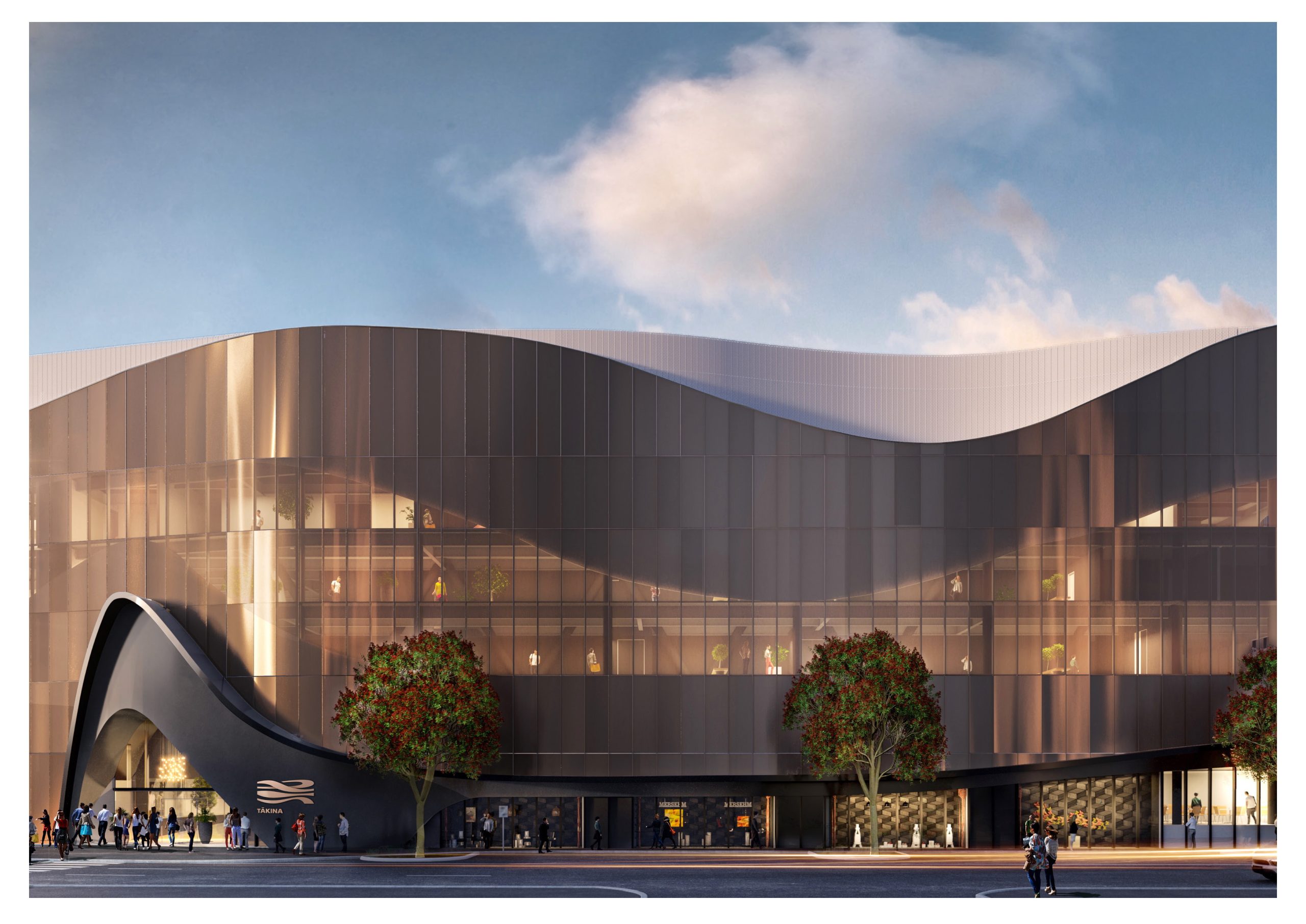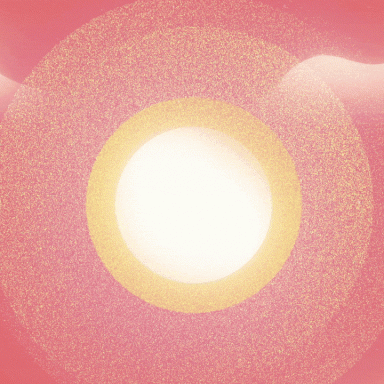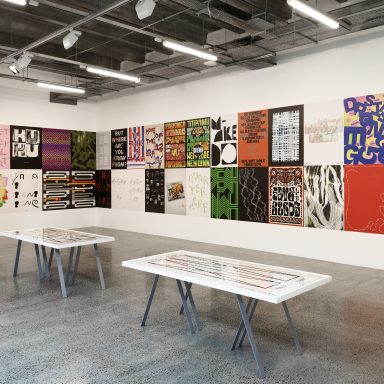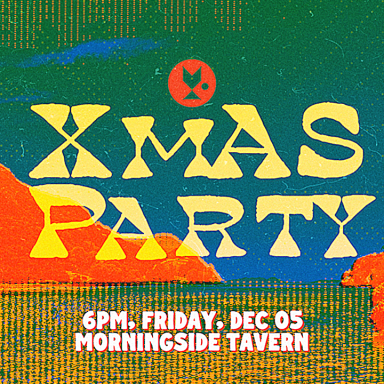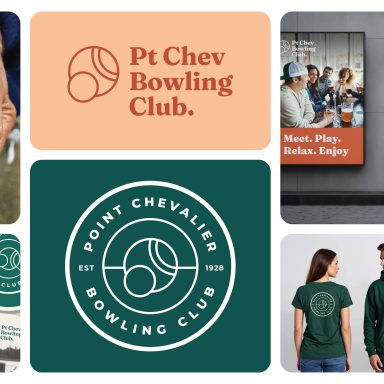- Design Assembly Friends
- Design Studio
- Digital
- Environmental Graphics
- Graphic Design
- Interview
- New Zealand
- Wellington
Thinking Differently – Cameron Sanders of CATO Brand Partners
Kate McGuinness recently sat down for a chat with Partner and Managing Director Cameron Sanders of Cato Brand Partners. From the Wellington studio, Cameron has played an integral role in defining brand and creative strategy for local and global-based projects. He shares his insights on the importance of storytelling, the strength of collaboration and why they keep pushing boundaries.

Cameron, how did you come to direct Cato Brand Partners’ Wellington studio?
The initial business grew out of Melbourne in the 1970s and in 1996, when the agency first had a presence in Auckland. In 2000, I went into a 50/50 partnership with Ken Cato. Ken has a design studio in Melbourne, and we run our studio here in Wellington but our agency has a presence in many parts around the world. It’s a great business model, employing different people and we get together once a year. I have been with CATO Brand Partners for 26 years now.
What’s your agency’s point of difference?
Back in the day there were only three design companies here in Wellington and now there is a really wide net of people that we compete against. If you look at who we work with now, we have got ourselves into a position of teaming up with like-minded clients who aren’t afraid to push the boundaries. We created the brands for ‘Wild at Heart’ for Wellington Airport and ‘Z’.
The clients that we work with expect us to think differently and tell a unique story. No longer is it just about design. For example, we recently worked with Trade Me on a culture piece about how they connect with retaining and recruiting staff – their EVP. Because we are small enough, we can immerse ourselves in a company. They came to us because they know we think differently – to that point, we developed a team of avatars. We spent the day talking to teams and squads. We’d noticed there was no room to put anything but staff often had small characters on their desks. We developed these avatars about three years ago and now they are embedded in the system. We can solve whatever the creative problem is. Because we are nibble enough, we can afford to do that.
Some clients that don’t want to rock the boat, they don’t want to stand out, they want to fit in. We align ourselves with clients that we want to work with. I have said to staff that it’s not all about the money. We need to have fun, so we will turn down clients that we don’t wish to work with.
 How has the uncertainty of these past few years challenged your agency?
How has the uncertainty of these past few years challenged your agency?
It was scary at first, especially when two of our top clients had to pull out. Luckily, working remotely was not a problem and has now changed the way we work. We have eight people in the studio and although it’s good to be in the same room to bounce ideas off one another, I have no problem with remote working. It’s still good to be back in the office doing some challenging work. Usually, this time of year it starts to get quiet, but not this year. Our staff have worked really hard, and I think it’s important to look after them.
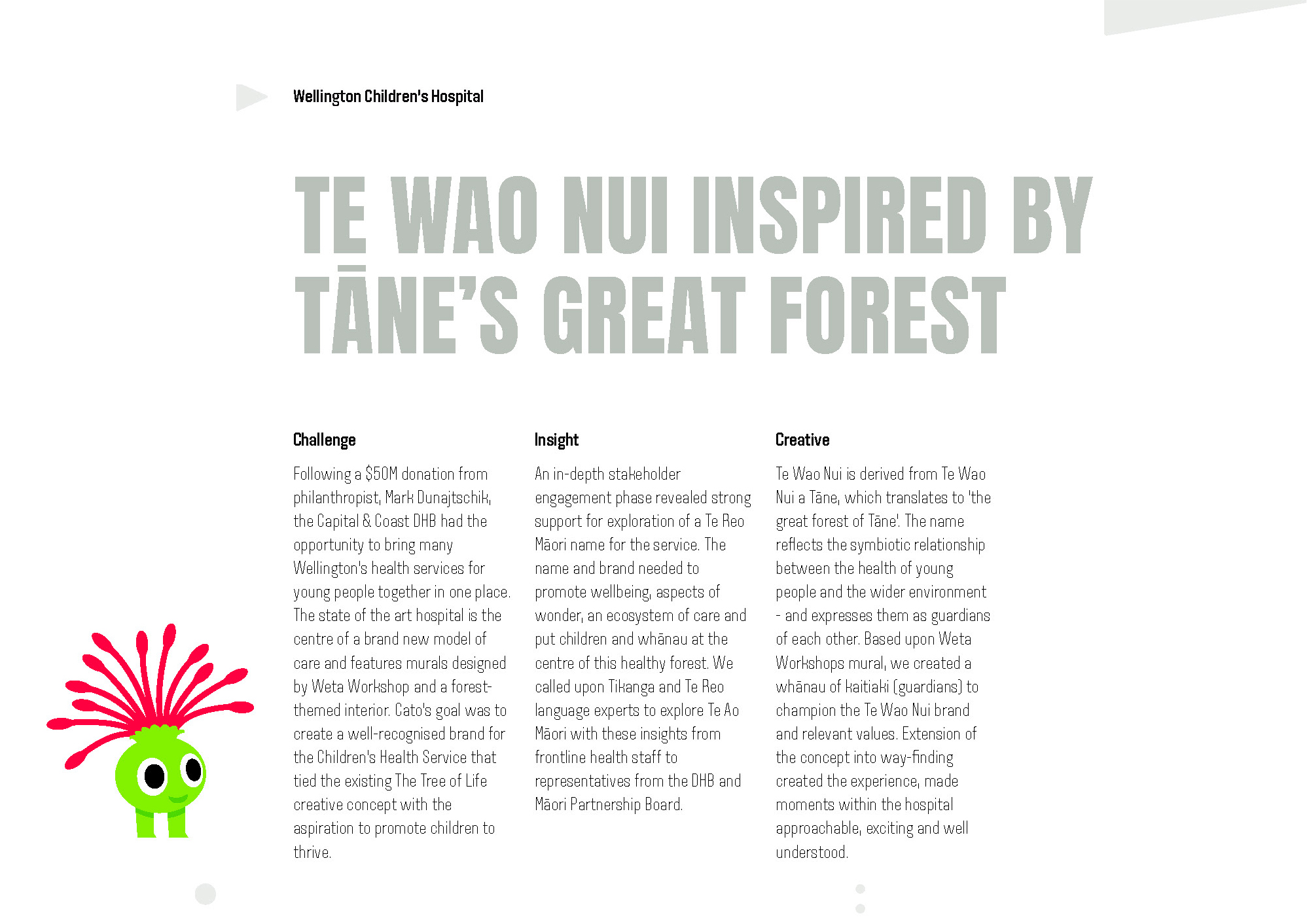
How is technology transforming branding?
Because the appetite of the consumer demands more, you can’t just keep rubber stamping. We are mindful that clients expect more than a campaign; it’s the longevity of a story that can move in different directions but still be core to the idea.
If you look at WOW (World of Wearable Art), they used to have one garment, colour and font to run through the whole campaign. They need to attract designers to make cool designs, so we created a three-dimensional world with quadrants for different garments to live in.
Today’s consumer seems to expect more from brands. What have you noticed?
I think their concern with social good is important. If you look at our portfolio we choose to work for more sustainable companies, like the organic tampon company, ‘Oi’(Organic Initiatives). We’ve consciously shifted to what is good for the planet and good for the people.
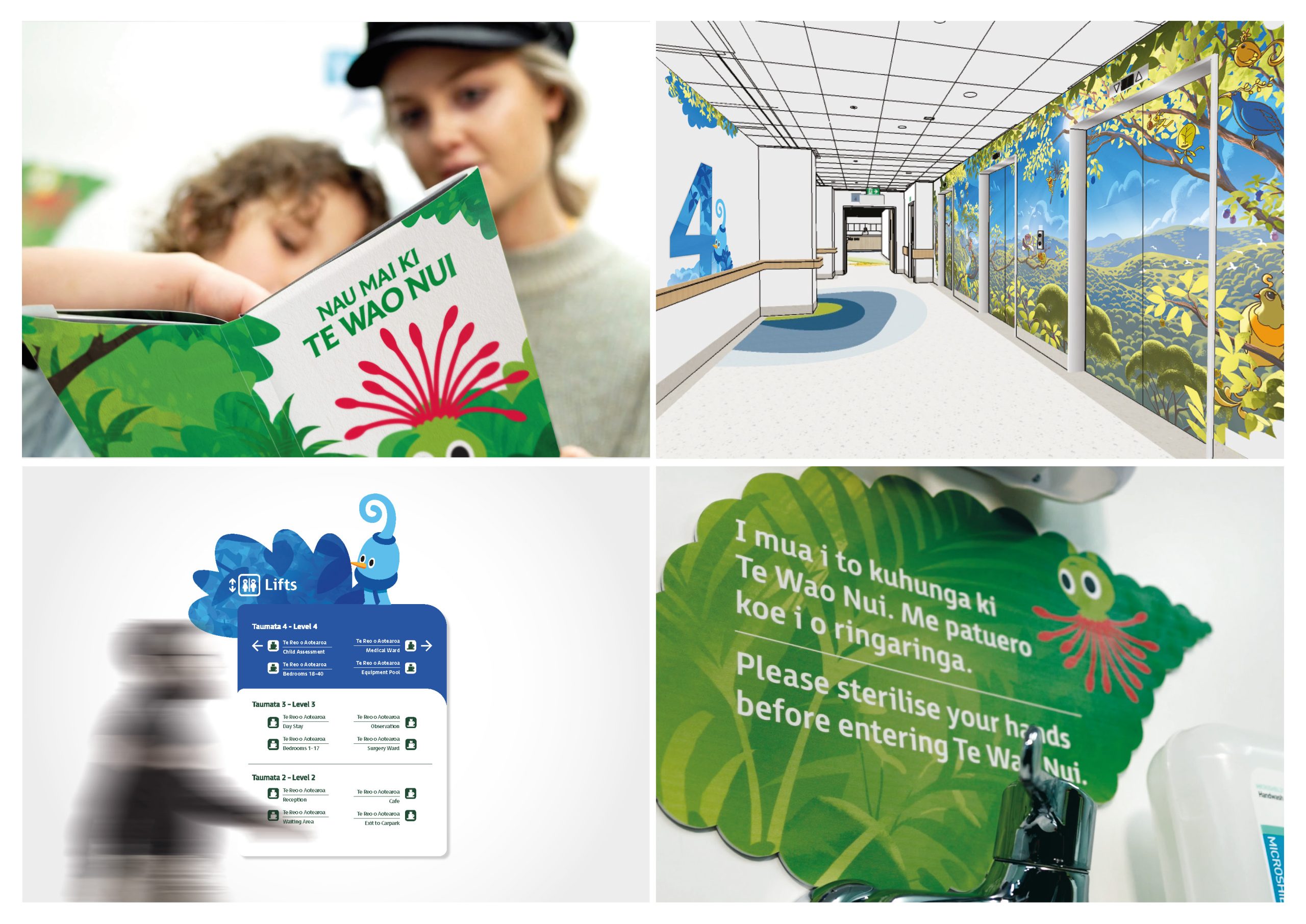
Your agency recently completed the branding for Te Whanganui-A-Tara’s up and coming convention centre, Tākina. Can you tell us about this project?
It was a collaborative project with Taranaki Whānui ki te Upoko o te Ika and Wellington NZ to give the building an identity and a story. We were conscious that it needed to be true to what the architects developed but also true to what Wellington offers. We had that creative push from Wellington NZ, led by Anna Calver – who wanted us to push the boundaries.
We worked closely with mana whenua – Taranaki Whānui ki te Upoko o te Ika. Kura Moeahu was part of the creative team and he wrote and gifted a karakia to the site.
The first word in the karakia is Tākina, which means ‘to invite’ or ‘invoke’ – whether invoking winds –calm or raging, invoking conversation, or insights. The identity representative of the building focuses on the four winds. When it came to developing its visual language, the brand moves and the shapes of the wind can represent different elements.

The agency has also created an identity for the soon to be opened Children’s Hospital, Te Wao Nui here in Wellington. Can you describe that creative journey?
The hospital board needed a name for the health service and they liked our studio’s collaborative approach. As an agency we don’t want to just stamp our mark on a project – so we worked collaboratively with CCDHB’s Māori Partnership Board, the Wellington Hospitals Foundation, Child Health staff, Weta Workshop and the architects for the new hospital building.
The architect had designed a ‘tree of life’ that was rooted in the middle of the reception and moved up the floors. WETA workshop had also developed murals that would appear on the interior walls by the lifts. We didn’t want to deviate from a concept as powerful as that. We worked up different ideas of what that name could be. ‘Te Wao Nui’ comes from ‘Te Wao Nui a Tāne’, meaning, ‘The Great Forest of Tāne’.
From there, we developed the kaitiaki whānau – the guardians and carers of the forest as characters. We felt that we needed to simplify and give some ownership to children. We ran an afternoon workshop with children at local Newtown Primary School whereby the children created and named characters that would each tell a different story. We have also done the wayfinding signage.
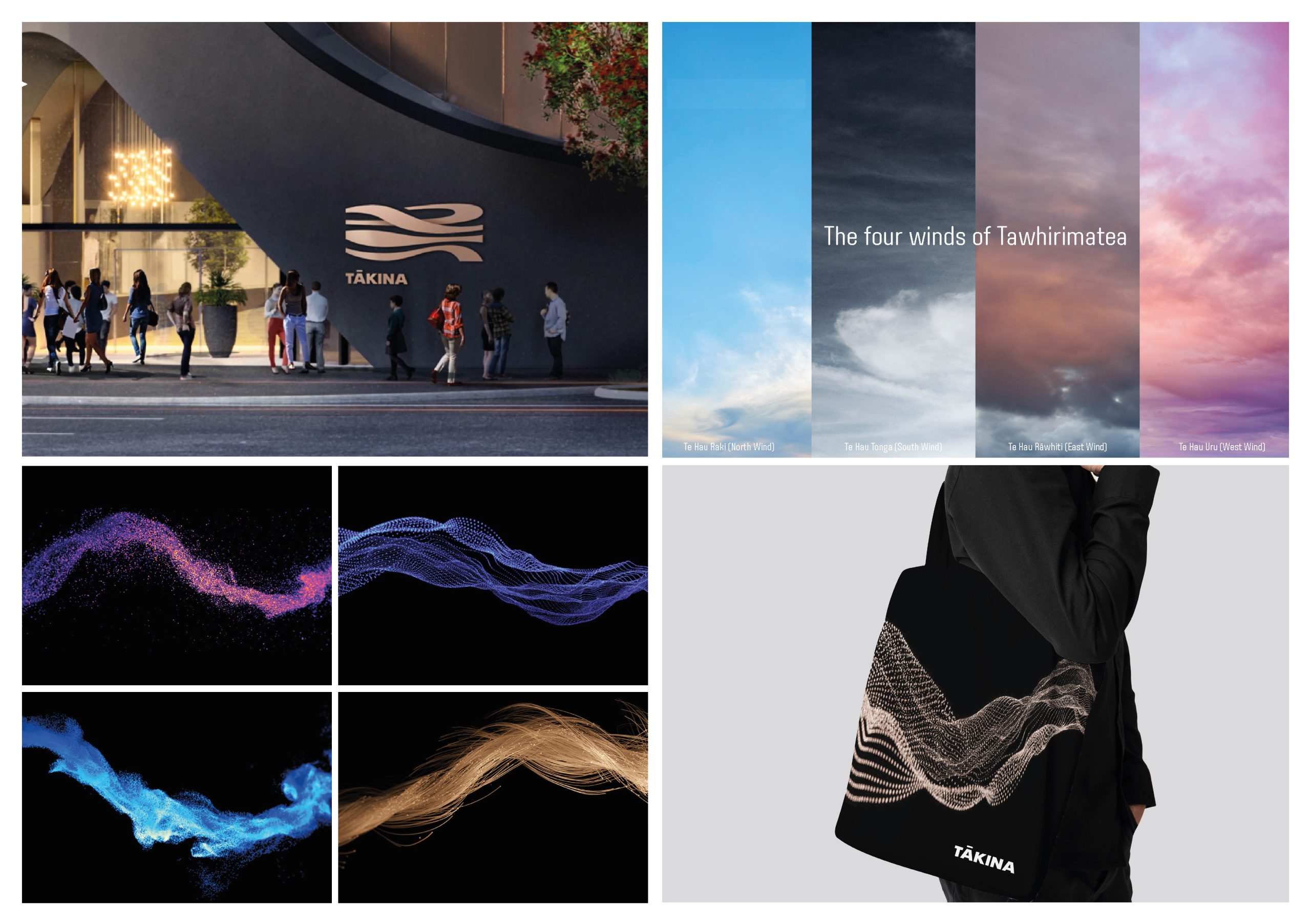
You’ve got a few grads on your team, what qualities do you look for in potential employees?
People skills. Ideas and people who think differently. I’ve employed experienced senior account managers, directors, general managers in the past but they can be stuck in their ways. New grads bring new energy and new ways of thinking. There is something about how the younger generation thinks and interacts. They are adaptable. Although most of us here are introverted, I want my staff to be in front of clients, to feel passionate about what they do and tell their story. Good listening skills help too.

How do you guide grads into the business?
We have a flat structure here. I remember when Matt Eales first started, just three months in he had to pitch to the CEO of a large corporation. When I started my career, I was only asked to design a graph or business card. Here, everyone has the opportunity to build a stronger story.
Matt Eales recently celebrated ten years and Andy Treder has been with us over 16 years. The younger generation brings energy, vibrance and new ways of doing.
Our team use “we” because it’s not about the individual designer. A big part of our presentations is the team. It’s important to walk through how to take criticism on board. The new grads loved being part of the presentations.
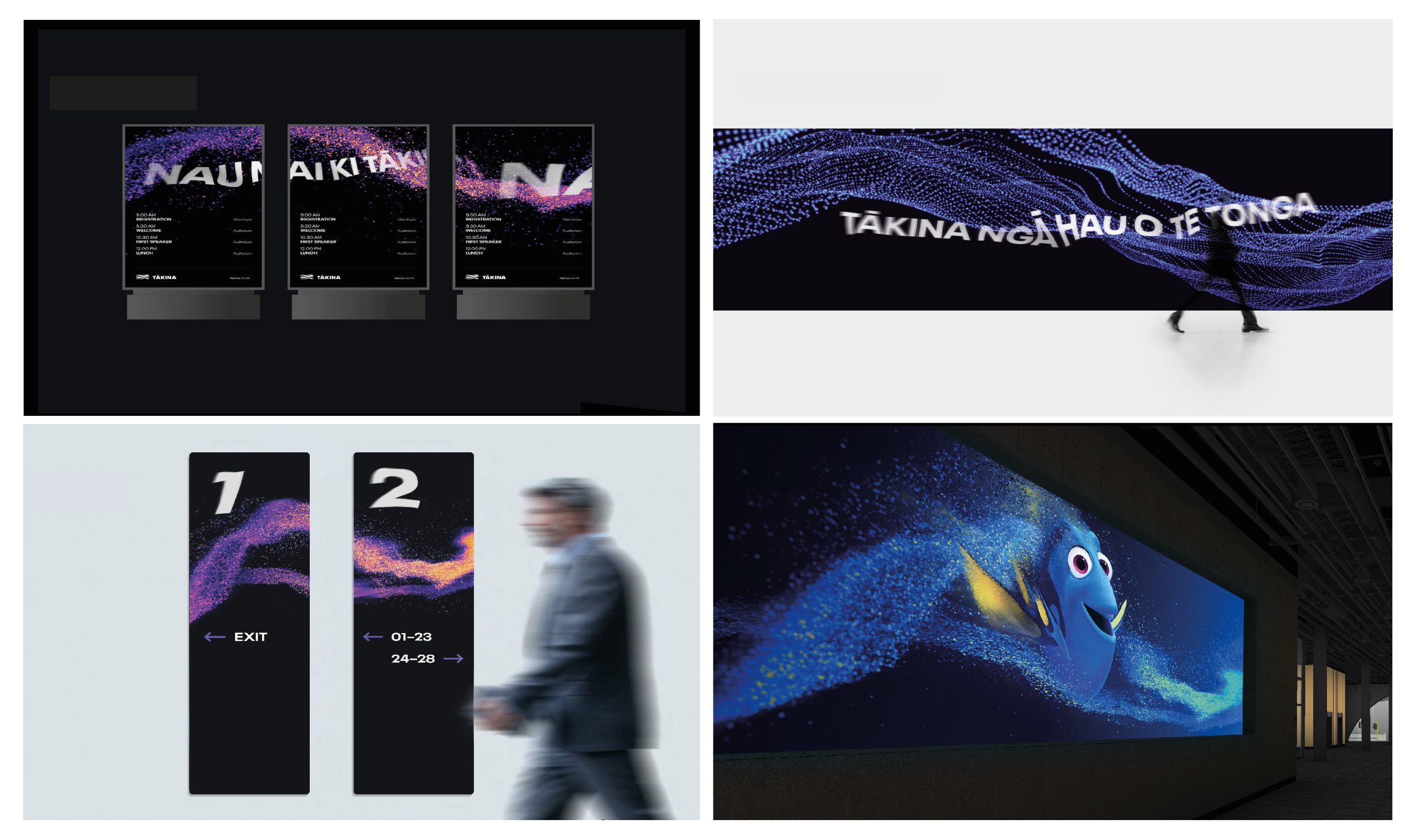
Looking ahead, how might you see branding change?
You still need a unique and compelling story. It doesn’t matter what goes out there, through what channel. Unless it’s compelling, people will switch off. It needs to be authentic and socially good.
Connect with Cato:
